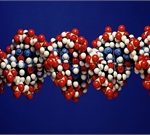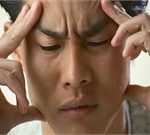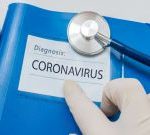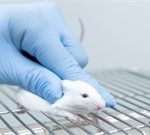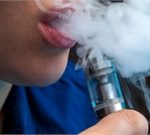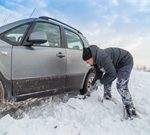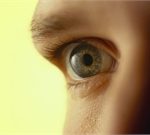
Viagra can salvage a man’s sex life, but in rare cases it may temporarily steal his sight. Researchers report that some men who took sildenafil — the generic form of the impotence drug — suffered from vision problems, including a kind of color blindness that could take weeks to resolve. The case report details 17 Turkish males who wound up in the hospital after taking sildenafil for the first time. The men suffered a number of vision problems, including dilated pupils, blurred vision, light sensitivity and color blindness, the doctors reported. The men had all taken the highest recommended dose of 100 milligrams, even though none had been prescribed sildenafil, the report said. The visual side effects began shortly after taking the drug, and were still present when the men came to the hospital a day or two later, the researchers reported. All the symptoms eventually cleared up, but it took three weeks for some. The findings were published Feb. 7 in the journal Frontiers in Neurology. These sort of vision effects aren’t uncommon in people who take Viagra, U.S. medical experts said. It turns out that the enzyme that Viagra blocks to promote erections is closely akin to another enzyme that’s important for the function of photoreceptors in the eyes, said Dr. Richard Rosen, a vitreoretinal surgeon at New York Eye and Ear Infirmary… read on >











